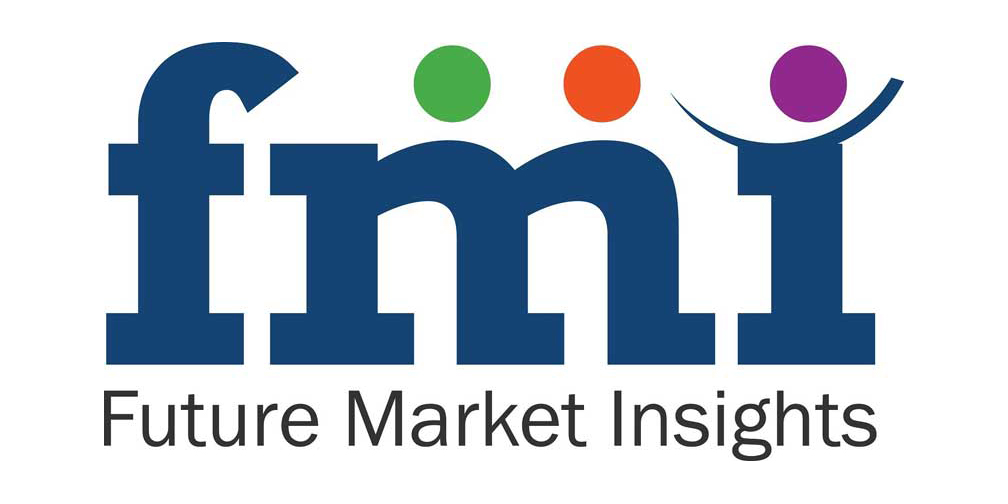Lung cancer being one of the concerning risers. Prevalence of this cancer is increasing day-by-day as per the European Union and the Cancer.org. This will directly affect research and development into lung cancer in finding ways to effectively treat it and hence boosting the market growth with a CAGR of around 12.4%.
What is Driving Demand for Pulmonology Lasers Market?Pulmonary Lasers use thermal – ablation technique where cutting and coagulation properties is used to treat complication related to the airway tract. It can act as a palliative as well as curative therapy which relieves the obstructions in the airway caused due to various complications like neoplasms, tumours, lesions, etc.
Most crucial driver of the market is that this laser therapy provides curative effect for lung cancer (early stage) as well as palliative care of central airway obstruction due to a number of malignancies.
Another associated factor is that the growing number of cancer prevalence is making researchers to find treatments competent enough to keep up with this mutating disease.
The ever changing epidemiology of cancer as a disease will definitely boost professionals to keep innovating in order to make detection as early as possible; and possibly boosting this market.
Needle-based Confocal Laser Endomicroscopy (nCLE) – A lung Cancer Detection ToolIt is very challenging to successfully diagnose peripheral lung cancer with traditional bronchoscope because some target lesions can be missed out. So, a BMJ Journal article explored the feasibility of a new microscopic laser needle in order to accurately detect the lesions present in the airway.
This new technique helps in visualising the site in real time to detect these lesions. This 2021 study concluded that, this imaging and laser combo is feasible, safe and allows real-time lung cancer lesion detection. Accurate distinguishing of airway parenchyma from lung cancer lesions was seen with the help of this guidance tool.
To remain ahead of your competitors, request for a sample – https://www.futuremarketinsights.com/reports/sample/rep-gb-14221
U.S. and Canada Pulmonology Lasers Market As per Cancer.org, 235,760 new lung cancer cases and 131,880 deaths due to lung cancer are estimated in 2021 in the US. These statistics are definitely an ally to the market growth of pulmonology lasers in the country and will drive the market towards a positive side.
Authorities here are now focusing more on investments in R&D to improve the management and treatment of these lung cancer. This collectively makes US a front runner in the pulmonology lasers market in North America region.
Europe Pulmonology Lasers Market According to data published by European Union, 312,000 European people get affected from lung cancer every year. Owing to this, demand for advanced and swift treatment along with early detection for lung cancer is increasing. Furthermore, the rising technological advancement and increasing investment in R&D is expected to drive the market growth during the forecast period.
Who are the Key Manufacturing and Supplying Companies in Pulmonology Lasers Market?Key players:
- Quanta System
- Hyper Photonics
- Richard Wolf
- Lumenis
- Cook Medical
- Edap Tms
- Olympus Corporation
- EMS
- Cooltouch
- Convergent Laser Technologies
- AMS
- Jena Surgical
- Solar Laser Systems
- Potent Medical
- Candela Medical
The report is a compilation of first-hand information, qualitative and quantitative assessment by industry analysts, inputs from industry experts and industry participants across the value chain. The report provides an in-depth analysis of parent market trends, macro-economic indicators and governing factors along with market attractiveness as per segments. The report also maps the qualitative impact of various market factors on market segments and geographies.
Pulmonology Lasers Market Report Highlights:
- Detailed overview of the parent market
- Changing market dynamics in the industry
- In-depth market segmentation
- Historical, current and projected market size in terms of volume and value
- Recent industry trends and developments
- Competitive landscape
- Strategies of key players and products offered
- Potential and niche segments, geographical regions exhibiting promising growth
- A neutral perspective on market performance
- Must-have information for market players to sustain and enhance their market footprint.
Note: Although care has been taken to maintain the highest levels of accuracy in FMI’s reports, recent market/vendor-specific changes may time to reflect in the analysis.
Get a Tailored Made Report to Match Your requirements, Ask from Market Research Expert – https://www.futuremarketinsights.com/ask-question/rep-gb-14221
- Neodymium-doped Yttrium Aluminium Garnet (Nd-YAG)
- Photodynamic
By Indication:
- Bronchogenic Carcinoma
- Malignant Lesions
- Benign Tumours
- Neoplasms
- Haemorrhage
- Tracheal Stenosis
- Non-small Cell Lung Cancer
- carcinoid
- cystic carcinoma
- mucoepidermoid carcinoma
- endobronchial metastases
By End User:
- Hospitals
- Speciality Care Centres
- Academic and Research Institutions
By Region:
- North America
- Latin America
- Europe
- South Asia
- East Asia
- Oceania
- Middle East & Africa
